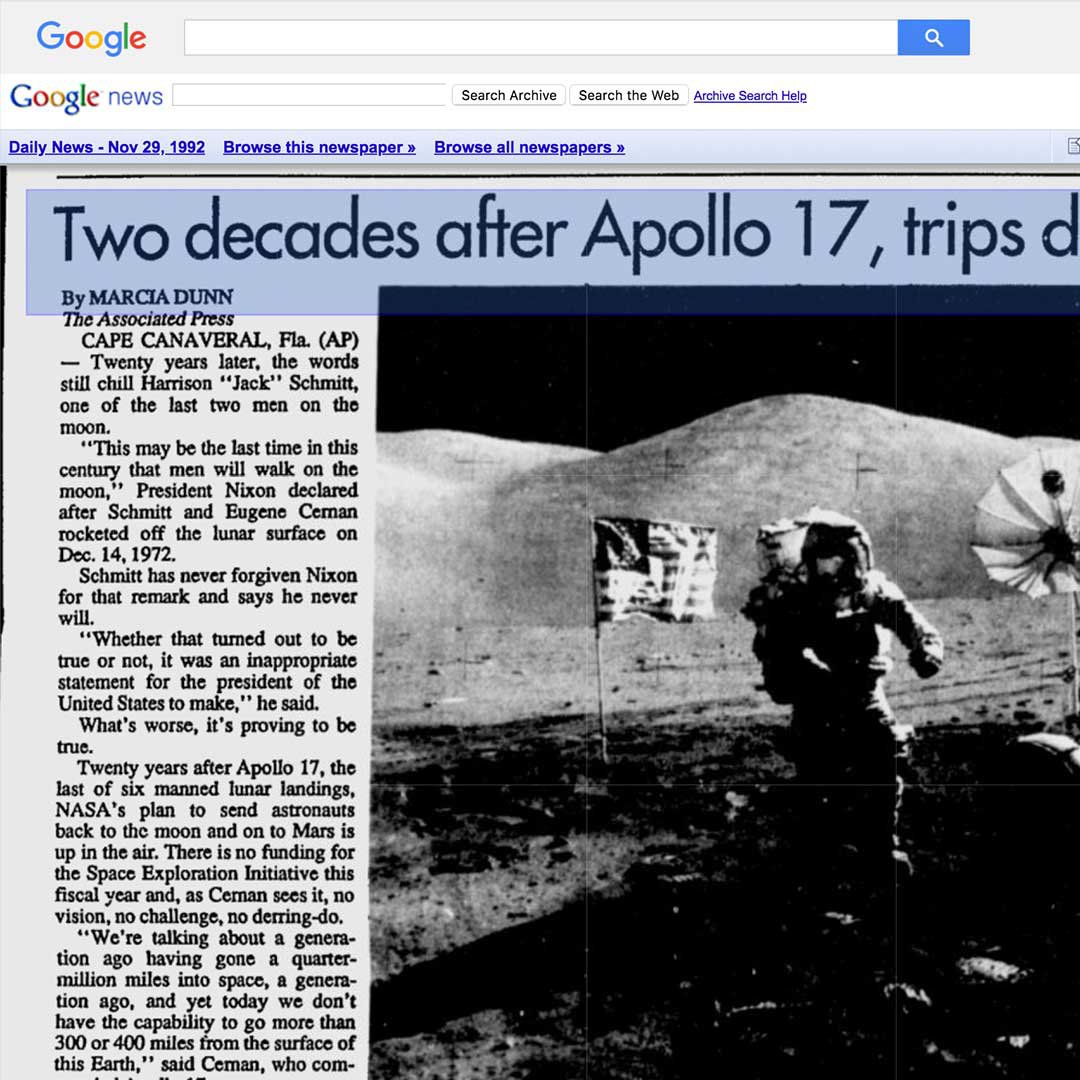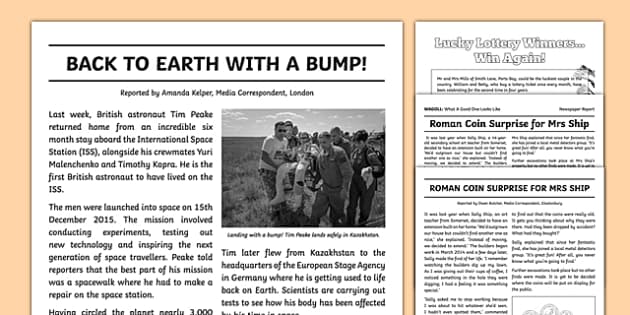All About News Articles
All About News Articles
Blog Article
The 10-Minute Rule for News Articles
Table of ContentsWhat Does News Articles Mean?The Greatest Guide To News ArticlesNews Articles for BeginnersAn Unbiased View of News ArticlesThings about News Articles
Great understanding of various subjects provides trainees an one-upmanship over their peers. Even though electronic and social networks are easily easily accessible, we need to not forget exactly how essential it is to review the papers. Parents must attempt and inculcate the routine of checking out a paper as a day-to-day regimen to proceed the legacy of the revered print medium.Information stories additionally contain at the very least among the complying with crucial characteristics about the intended audience: proximity, prominence, timeliness, human interest, anomaly, or effect. The associated term journalese is in some cases made use of, typically pejoratively, to refer to news-style writing. Another is headlinese. Newspapers generally adhere to an expository writing design.
Within these limitations, information stories additionally intend to be detailed. Amongst the bigger and extra respected papers, fairness and balance is a major factor in providing info.
Papers with a global target market, for example, often tend to utilize an extra official design of creating. News Articles.; typical design overviews consist of the and the US News Style Book.
News Articles Fundamentals Explained
As a policy, journalists will not utilize a long word when a short one will certainly do. Information writers try to avoid making use of the exact same word more than when in a paragraph (sometimes called an "resemble" or "word mirror").
Nevertheless, headings in some cases leave out the topic (e.g., "Jumps From Boat, Catches in Wheel") or verb (e.g., "Feline female lucky"). A subhead (additionally subhed, sub-headline, subheading, caption, deck or dek) can be either a subservient title under the main heading, or the heading of a subsection of the write-up. It is a heading that comes before the primary message, or a team of paragraphs of the primary text.

Added billboards of any of these kinds may show up later on in the article (especially on subsequent pages) to entice further reading. Such signboards are additionally used as tips to the short article in other sections of the magazine or website, or as ads for the piece in various other publication or sites. Typical framework with title, lead paragraph (recap in strong), other paragraphs (details) and get in touch with information.

Example of a hard-lead paragraph NASA is suggesting an additional space job. The agency's budget plan demand, introduced today, included a plan to send an additional goal to the Moon. This moment the agency wants to develop a long-lasting facility as a jumping-off place for various other space adventures. The budget requests around $10 billion for the Your Domain Name task.
The NASA statement came as the firm asked for $10 billion of appropriations for the project. An "off-lead" is the 2nd most crucial front page information of the day. The off-lead appears either in the leading left corner, or directly listed below the lead on the right. To "hide the lead" is to begin the article with background details or details of second value to the visitors, forcing them to review more deeply into an article than they must need to in order to discover the essential factors.
An Unbiased View of News Articles
Common usage is that or more sentences each form their very own paragraph. Reporters typically explain the company or framework of a newspaper article as an upside down pyramid. The essential and most fascinating elements of a story are placed at the start, with supporting details following in order of decreasing value.
It permits individuals to discover a subject to just the depth that their curiosity takes them, and without the charge of information or nuances that they could consider unimportant, however still making that info offered to more interested readers. The inverted pyramid structure likewise allows write-ups to be trimmed to any arbitrary size during design, to official statement fit in the room offered.
Some writers begin their stories with the "1-2-3 lead", yet there are several type of lead readily available. This layout usually starts with a "5 Ws" opening paragraph (as described above), adhered to by an indirect quote that offers to support a major element of the initial paragraph, and then a straight quote to support the indirect quote. [] A twist can refer to multiple things: The last tale current program; my website a "satisfied" story to end the show.
Longer short articles, such as publication cover posts and the items that lead the within areas of a paper, are known as. Function stories differ from straight news in several means.
The Basic Principles Of News Articles
The reporter commonly details communications with meeting subjects, making the piece extra personal. A feature's very first paragraphs usually relate a fascinating moment or occasion, as in an "unscientific lead". From the particulars of an individual or episode, its sight rapidly expands to generalities about the tale's topic. The area that signals what a feature has to do with is called the or signboard.

The Editor's Toolbox: A Recommendation Overview for Beginners and Professionals (2001) Allan M. Siegal and William G. Connolly. The New York City Times Handbook of Design and Usage: The Authorities Design Overview Made Use Of by the Writers and Editors of the World's The majority of Authoritative Newspaper (2002) M. L. Stein, Susan Paterno, and R.
Report this page